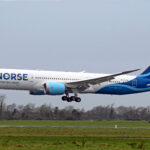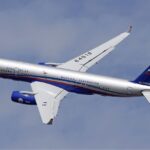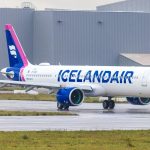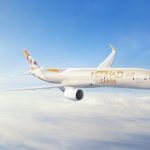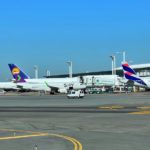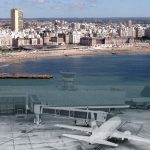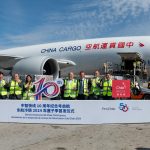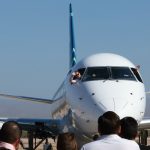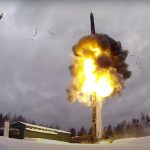The X-37B Orbital Test Vehicle-6 (OTV-6), the U.S. Space Force’s unmanned, reusable space plane, successfully landed at NASA’s Kennedy Space Center landing facility on November 12, 2022, at 0522 hours.
As reported by the U.S. Space Force, this sixth mission introduced for the first time a service module, a ring attached to the rear of the vehicle that expands the number of experiments that can be accommodated during a mission.
The service module successfully separated from the OTV before landing, which is a necessary activity due to the aerodynamic forces experienced by the X-37B vehicle upon re-entry. In the coming weeks, the service module will be disposed of in accordance with best practices. Secretary of the Air Force Frank Kendall said, “The deliberate manner in which we conduct onorbit operations-to include the service module disposal-speaks to the United States’ commitment to safe and responsible space practices, particularly as the issue of growing orbital debris threatens to impact global space operations.”
The OTV-6 mission hosted the Naval Research Laboratory’s Photovoltaic Radiofrequency Antenna Module. This experiment successfully harnessed solar rays outside of Earth’s atmosphere and aimed to transmit power to the ground in the form of radio frequency microwave energy. Additionally, the U.S. Air Force Academy’s FalconSat-8, developed in partnership with Air Force Research Laboratory (AFRL), was successfully deployed in October 2021. FalconSat-8 remains in orbit, providing Academy cadets unique hands-on experience as space operators prior to entering active duty.
Multiple NASA experiments were deployed on OTV-6. The Materials Exposure and Technology Innovation in Space (METIS-2) included thermal control coatings, printed electronic materials, and candidate radiation shielding materials. METIS-1-which flew on OTV-5-consisted of similar sample plates mounted on the flight vehicle. NASA scientists will leverage data collected after the materials have spent 900+ days in orbit and compare observed effects to ground simulations, validating and improving the precision of space environment models.
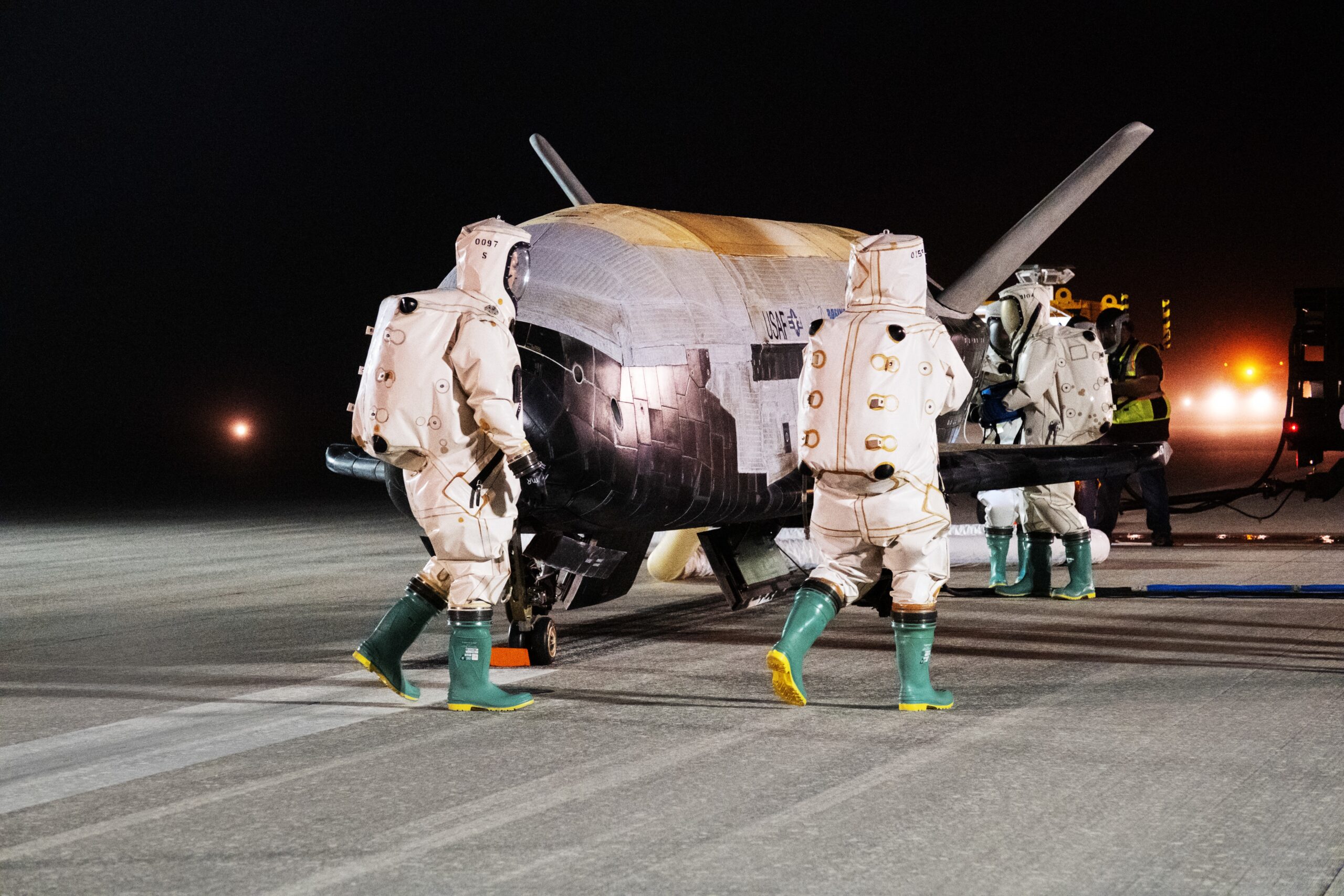
Another NASA experiment aims to investigate the effect of long-duration space exposure on seeds. Scientists are interested in the seeds’ resistance and susceptibility to space environment-unique stresses, notably radiation. The seeds experiment will inform space crop production for future interplanetary missions and the establishment of permanently inhabited bases in space.
“The X-37B continues to push the boundaries of experimentation, enabled by an elite government and industry team behind the scenes,” said Lt. Col. Joseph Fritschen, DAF Rapid Capabilities Office’s X-37B Program Director. “The ability to conduct on-orbit experiments and bring them home safely for in-depth analysis on the ground has proven valuable for the Department of the Air Force and scientific community. The addition of the service module on OTV-6 allowed us to host more experiments than ever before.”



